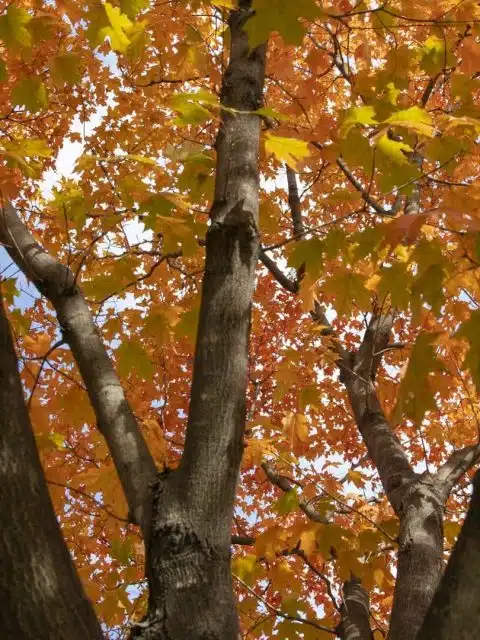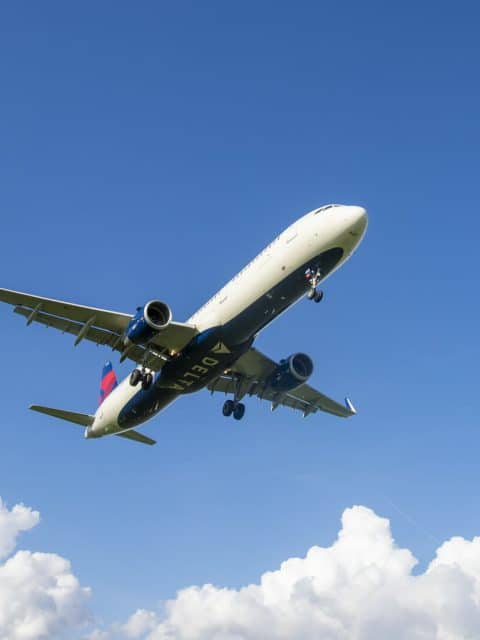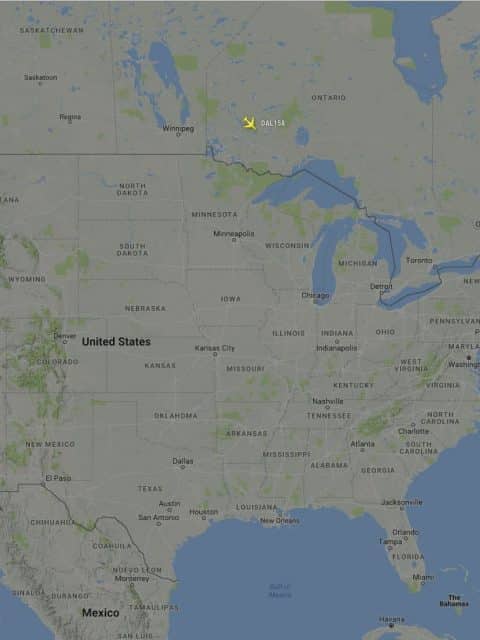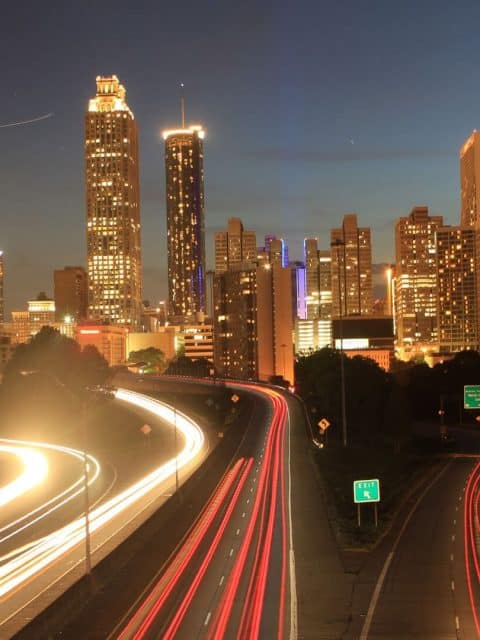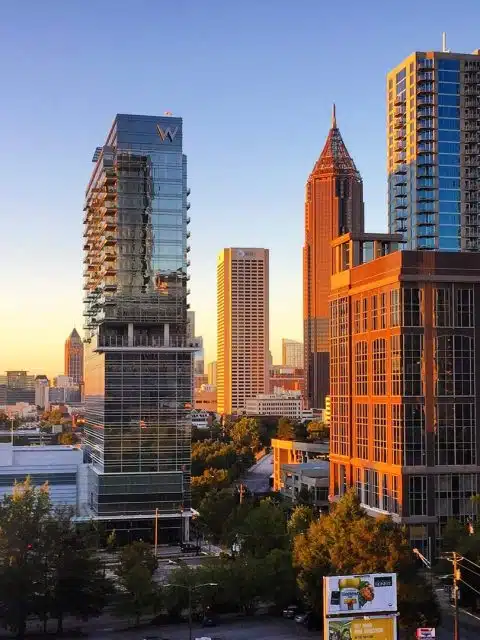Adapting to COVID-19: How Travel Has Changed
COVID-19 changed the world change in March 2020 with its rapid global spread. Almost overnight, the world closed for business. Entire countries retreated into isolationism and closed their borders to control the spread of an opportunistic virus too small to see with the human eye.
Wanderlusters replaced long-haul trips to exotic locations with short-haul day trips to the living room and kitchen as everyone tried to figure out how to work remotely.
While leisure travel all but ceased (mine included), planes continued to fly – with notably fewer passengers. I work in an industry considered “essential” and had the opportunity to travel quite a bit during the lockdown.

Before you judge: I work in an industry considered “essential” supporting hospitals treating COVID-19 patients and had the opportunity to travel quite a bit during the lockdown.
What I experienced in the tens of thousands of miles zig-zagging around the country was astonishingly sad and a bit scary. Airports with thousands of passengers transformed into just me sitting in the terminal, alone. Once completely full, airplanes had just a few passengers.
Every airline, airport, and ancillary service had experienced the overnight evaporation of revenue while their monthly bills and payroll kept coming.
March 2020
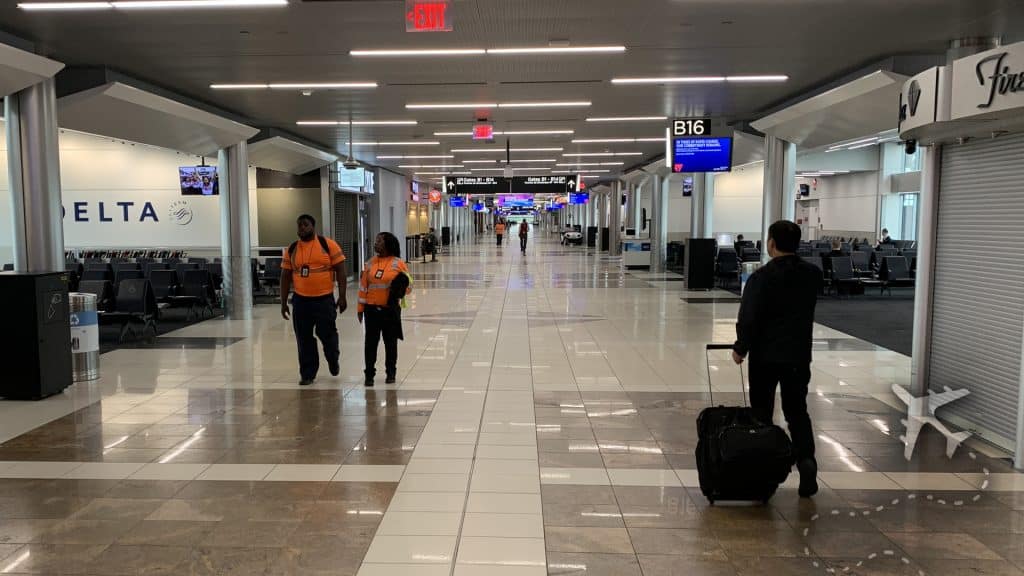
May 2020
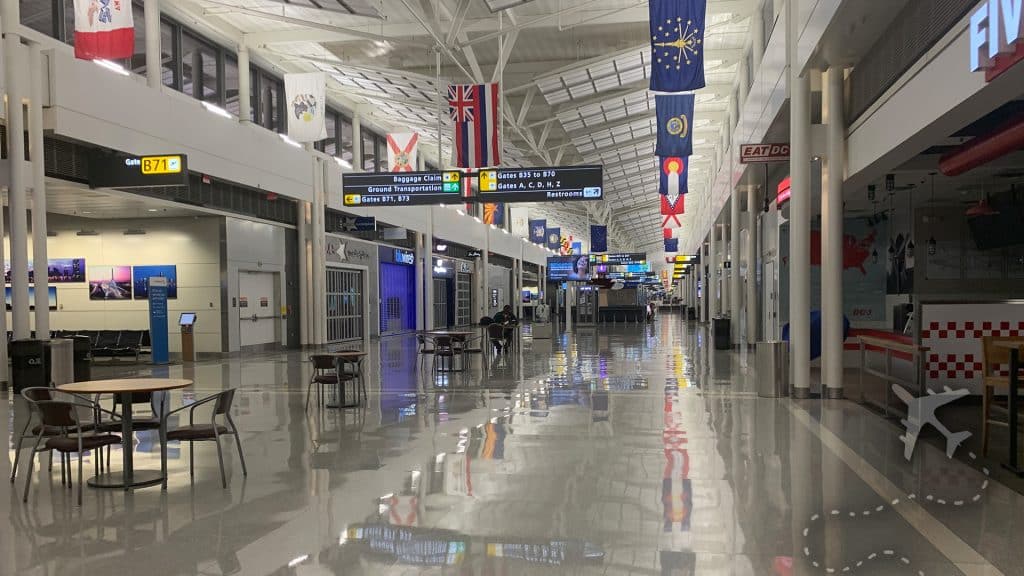
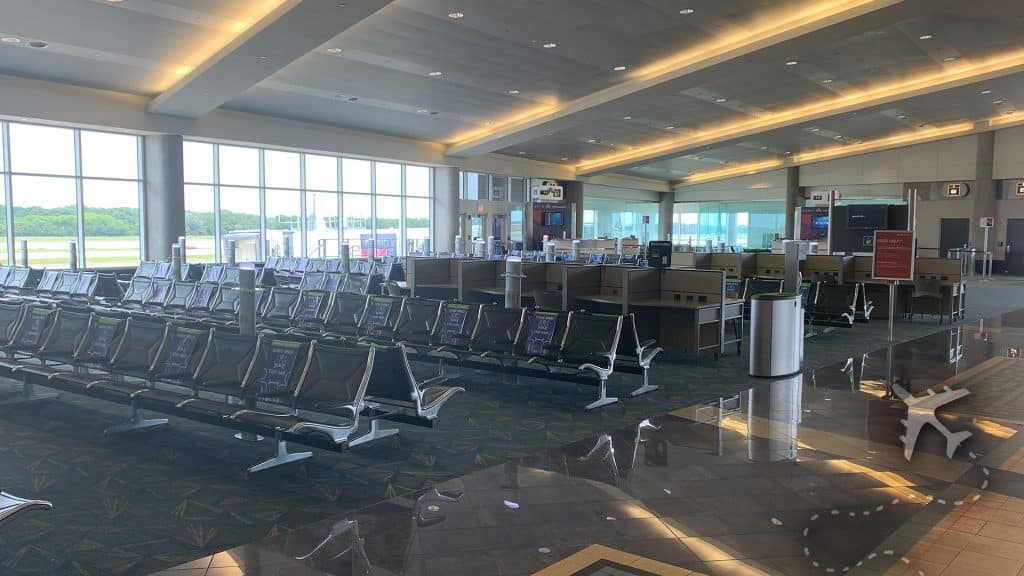
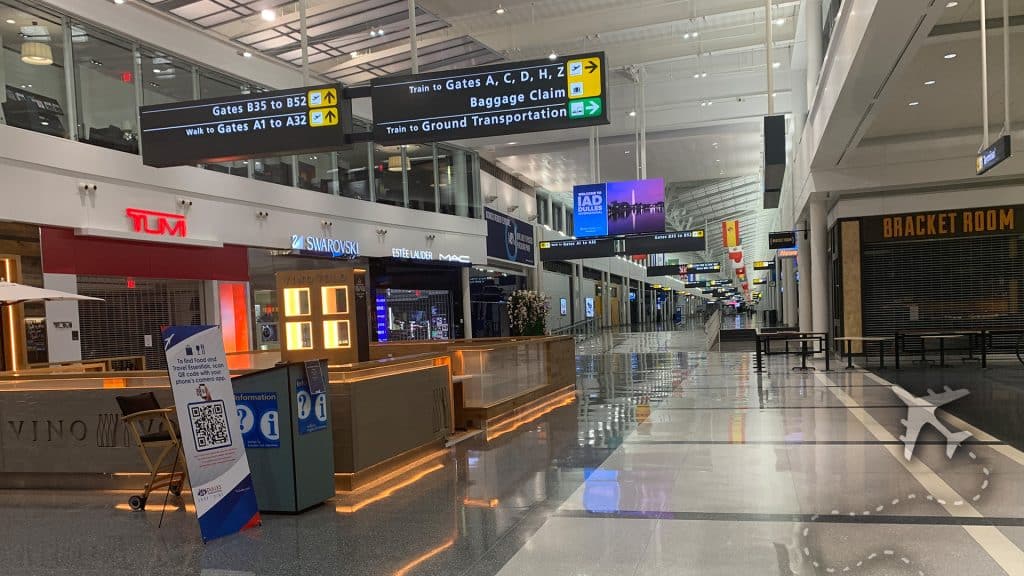
June 2020
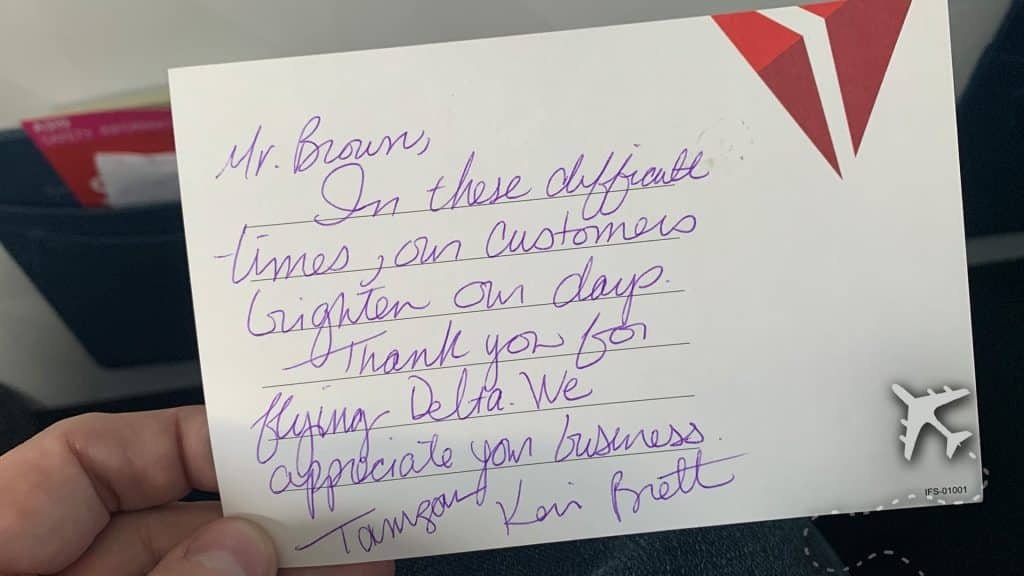
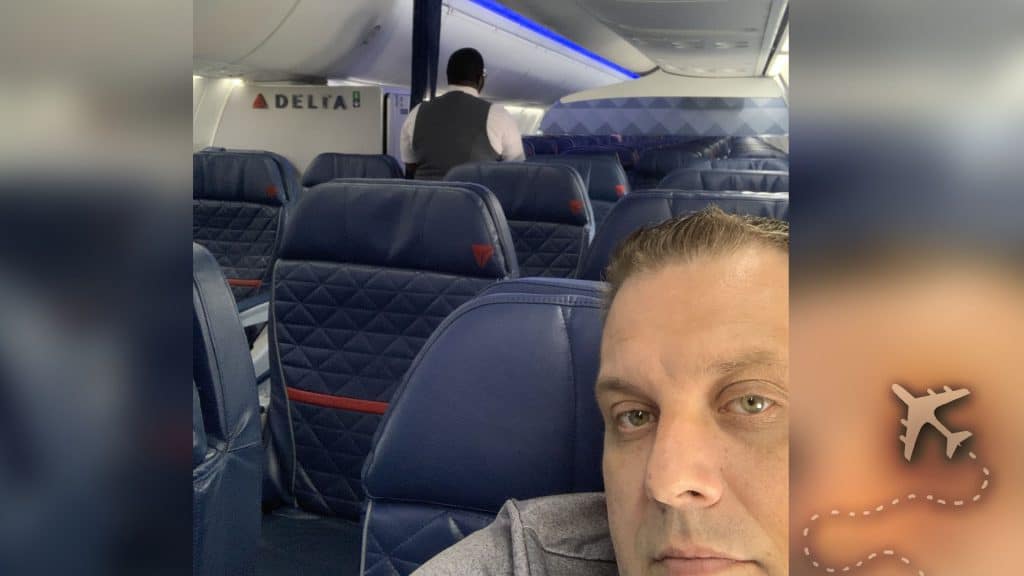
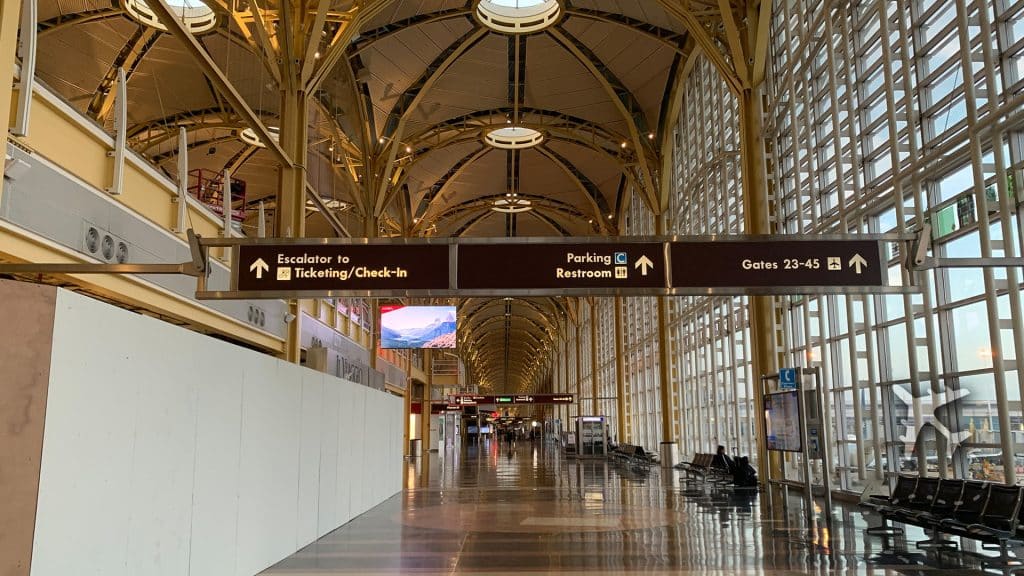
July 2020
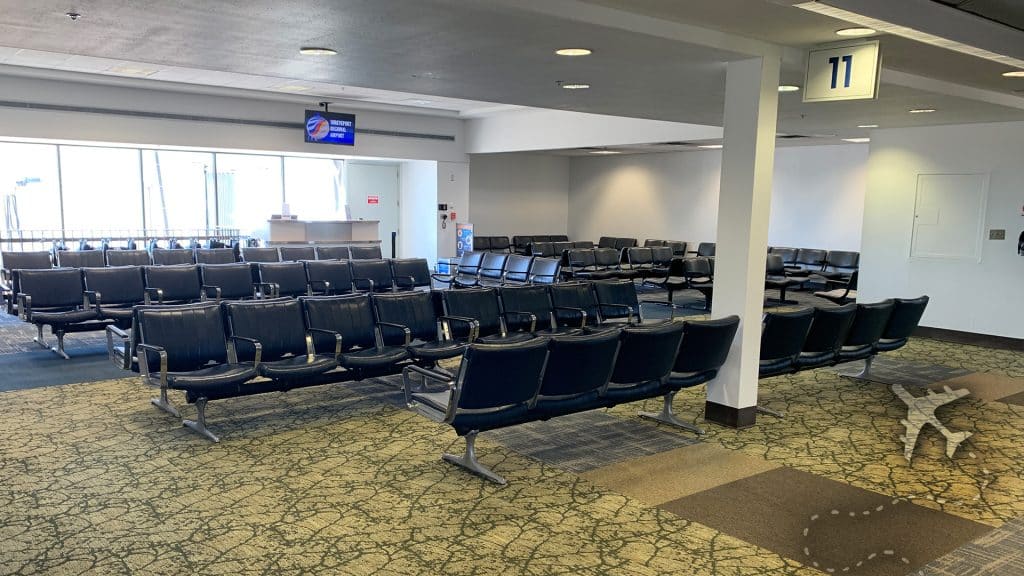
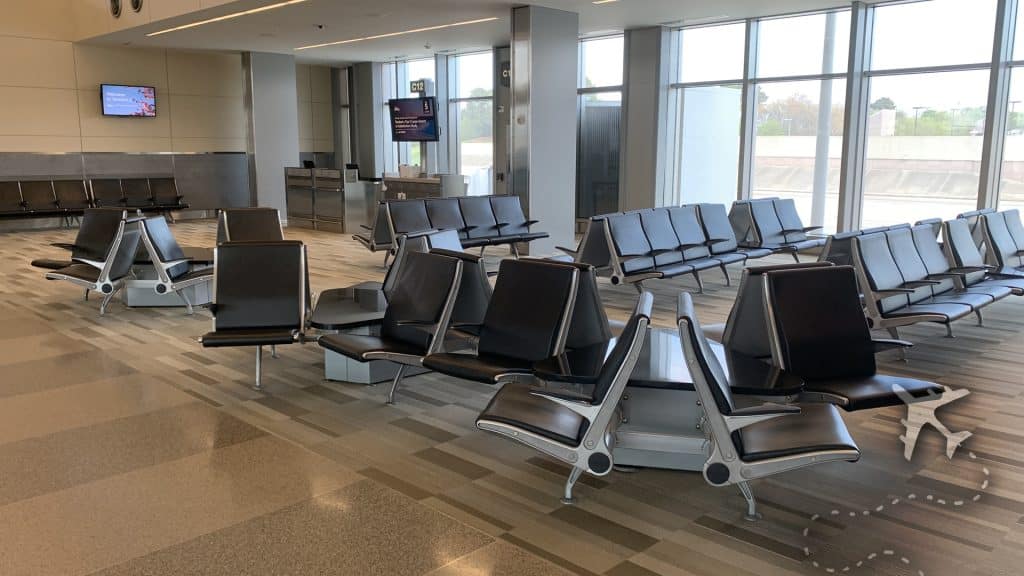

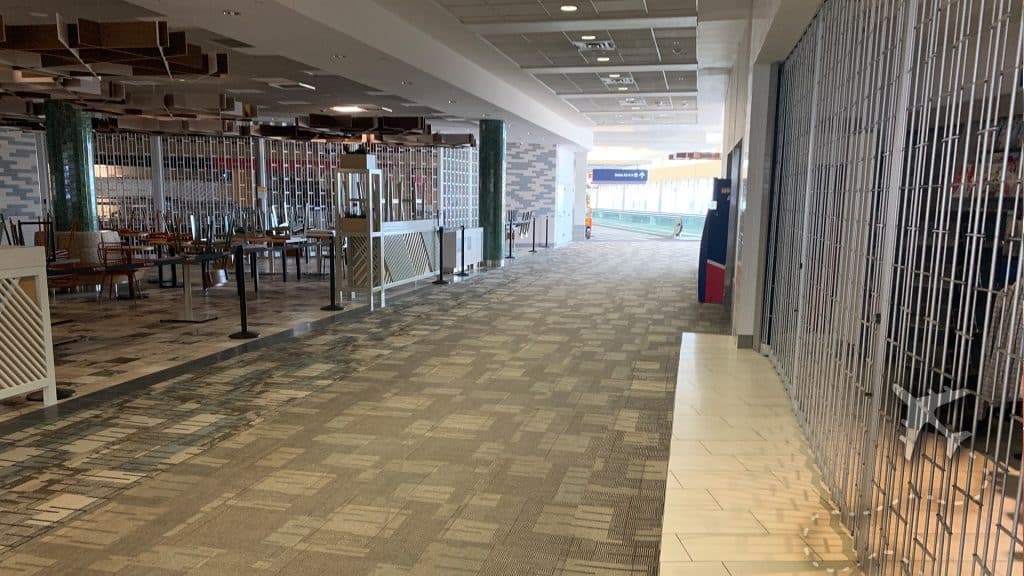
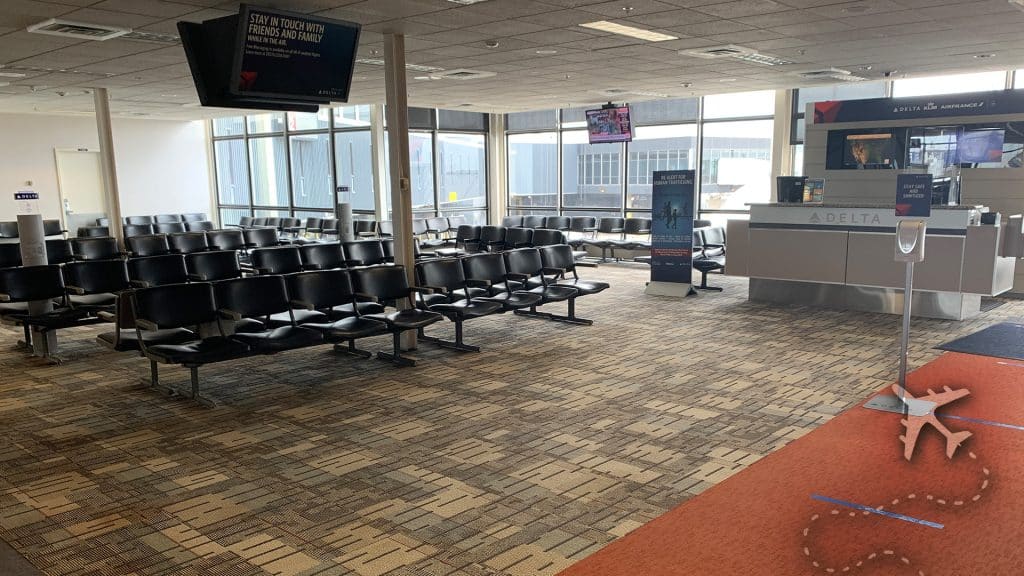
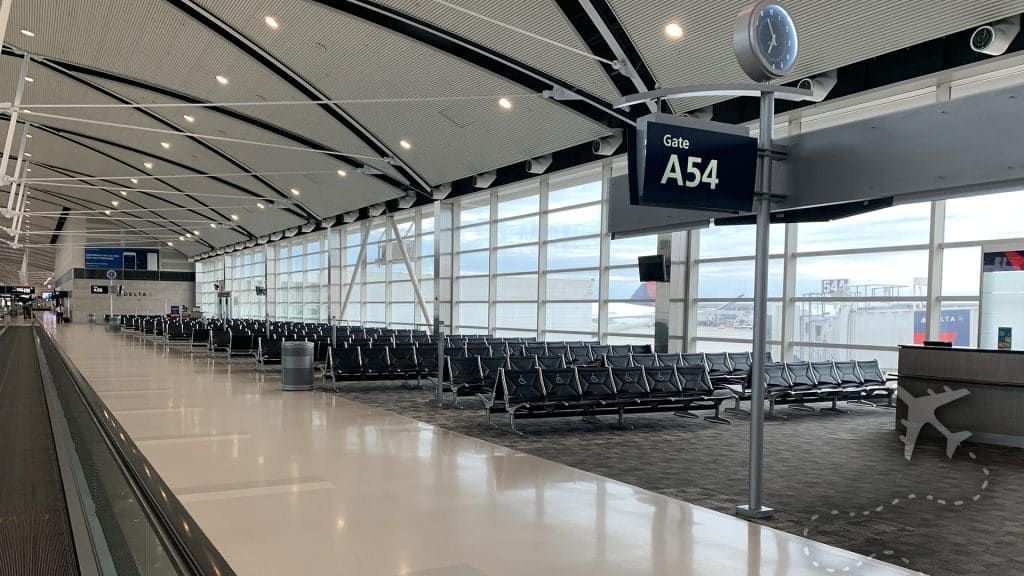
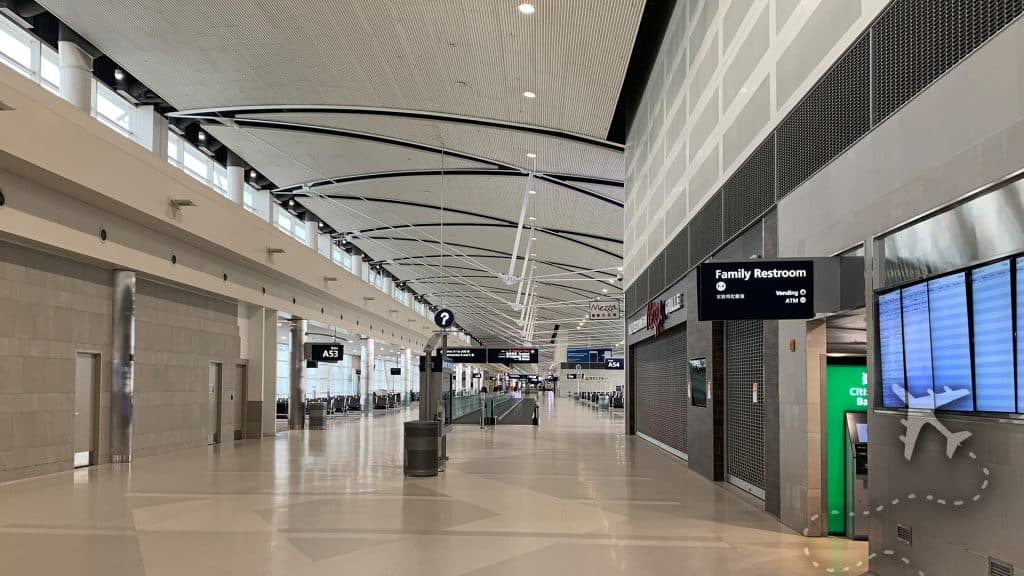
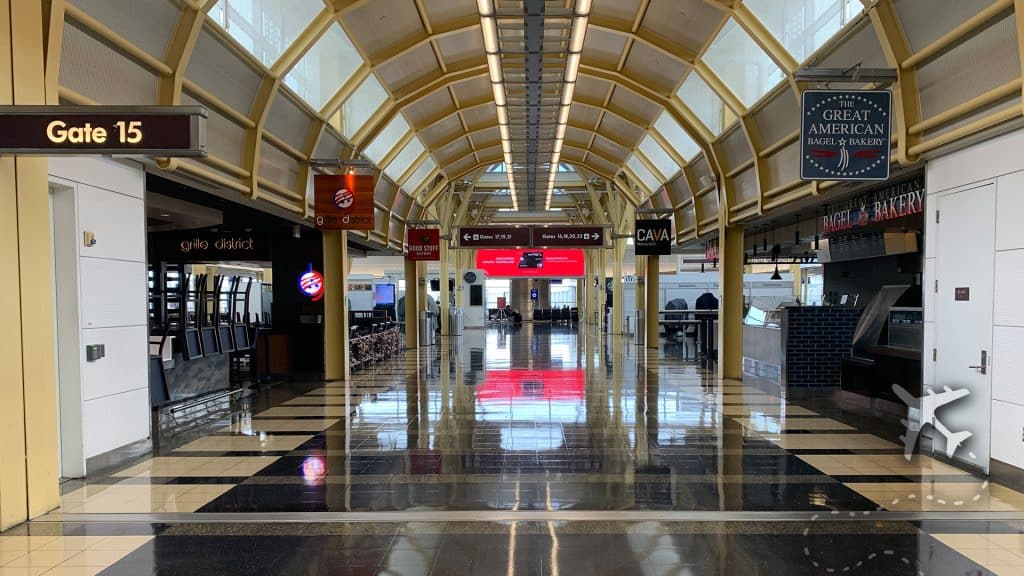
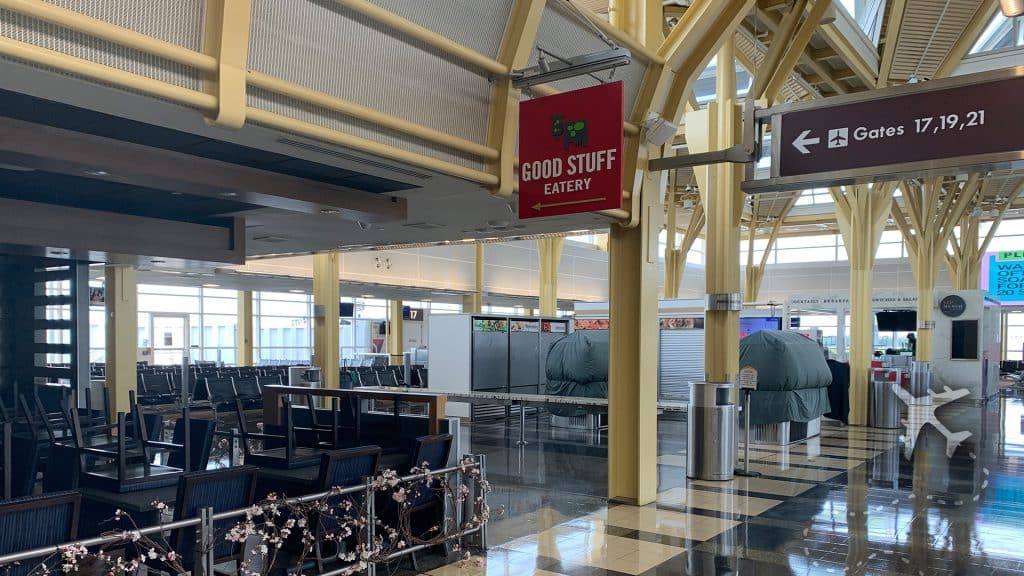
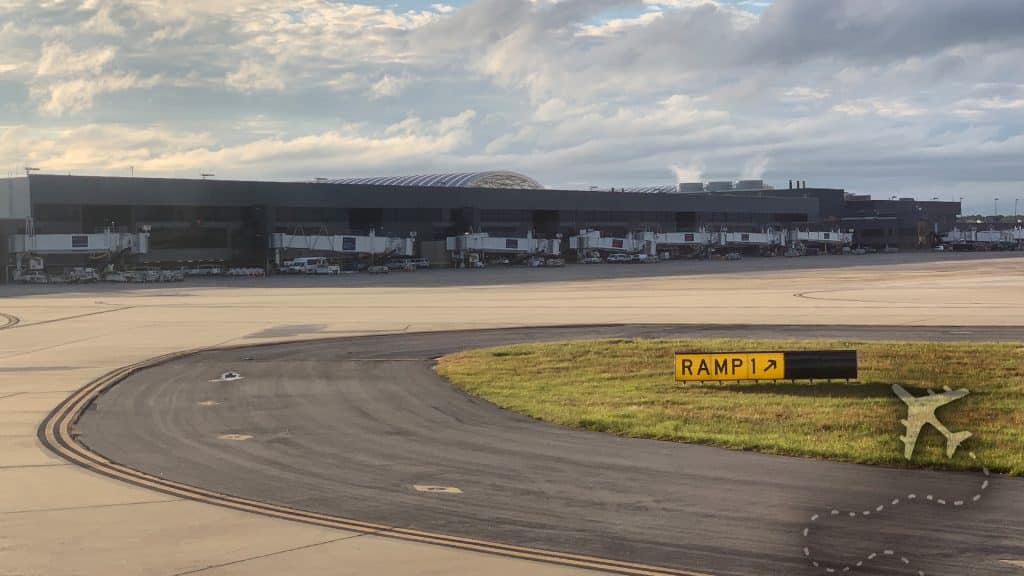
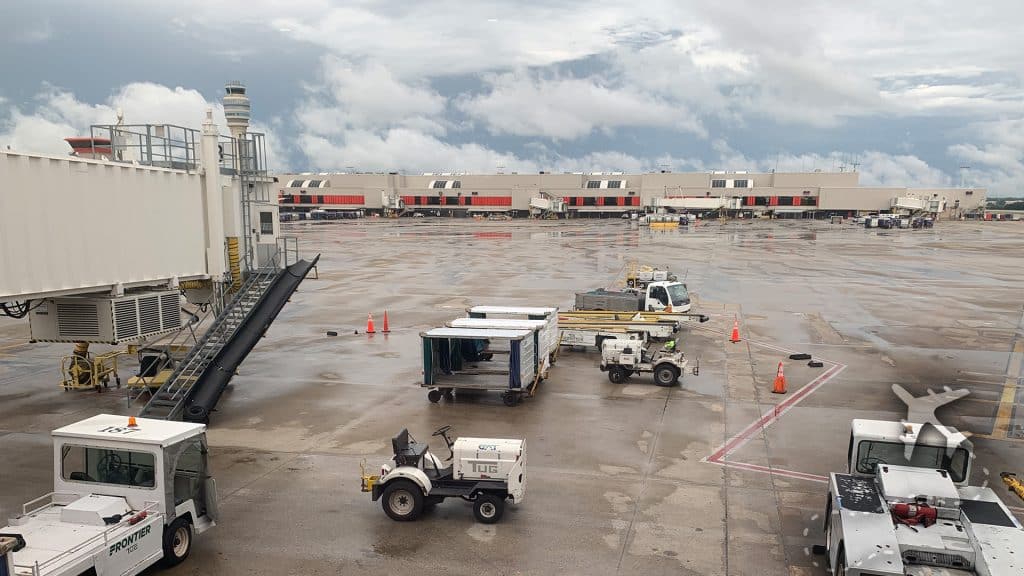
How COVID-19 will impact future travel
Asian culture has long embraced masks and a hygienic approach to public interactions. Masks and handwashing have been commonplace for decades throughout many Asian countries, and notably, I remember a 2017 trip to Malaysia where immigration was actively screening incoming international passengers for fevers.
Pre-COVID-19, western society had a different, almost non-existent approach to infectious disease risk mitigation in the travel and tourism industry. I can remember plenty of stories around the cruise industry having populations of ships fall ill due to inadequate infection control and cleaning protocols.
The 2020 pandemic made clear that the travel and tourism industries had to redesign how they deliver services with a priority on the health and safety of passengers.
UPDATE: The return of travel
The US-based travel and tourism industries are awakening from their year-long slumber after success in the rollout of the COVID-19 vaccines! Most international destinations are still relatively inaccessible, but domestic travel began to rebound in January 2021.

The graph above is from my Google Search Console. It represents the number of clicks from people searching for travel-related information that I post on my travel blog DESTINATIONS UNKNOWN.


